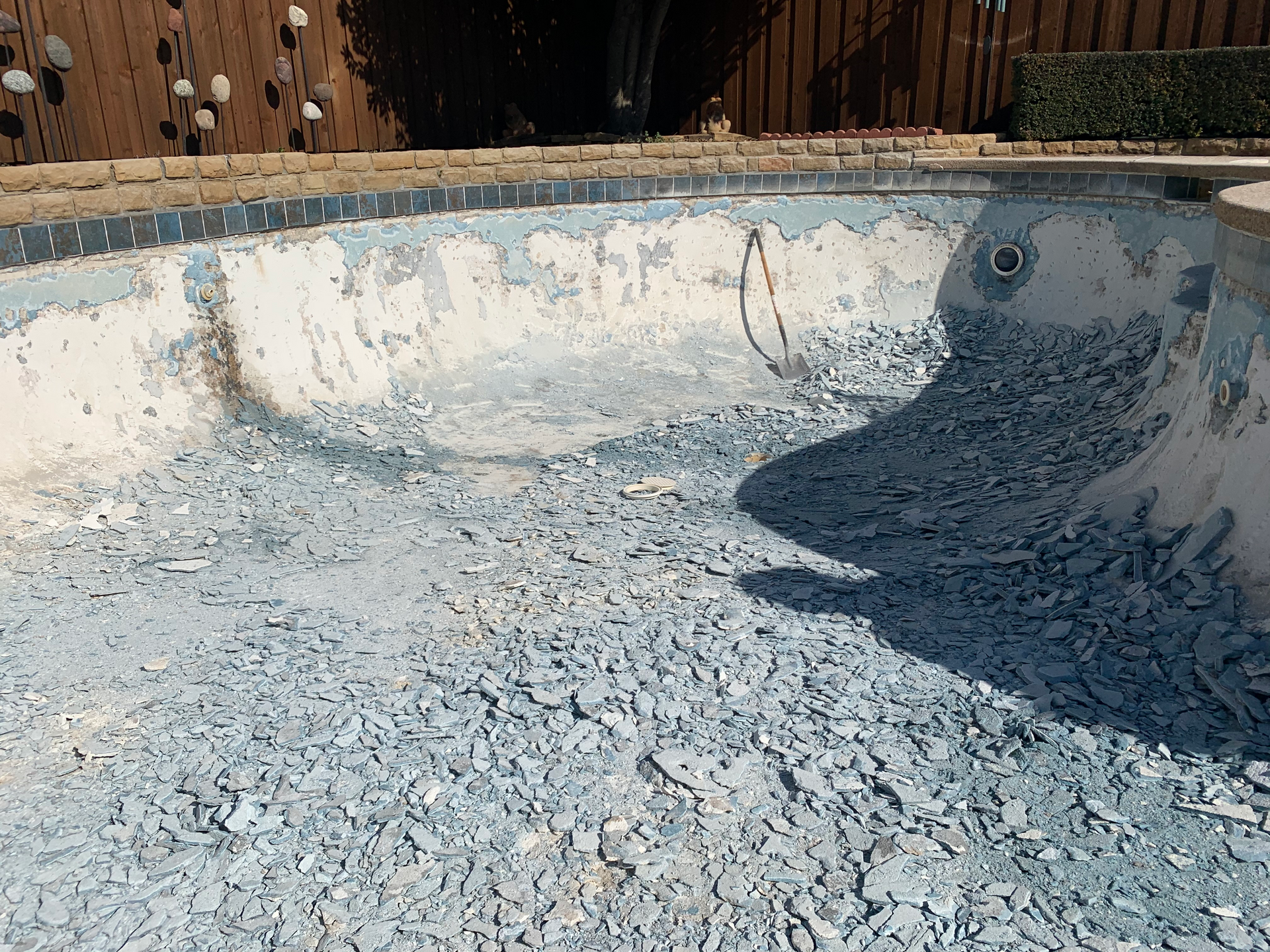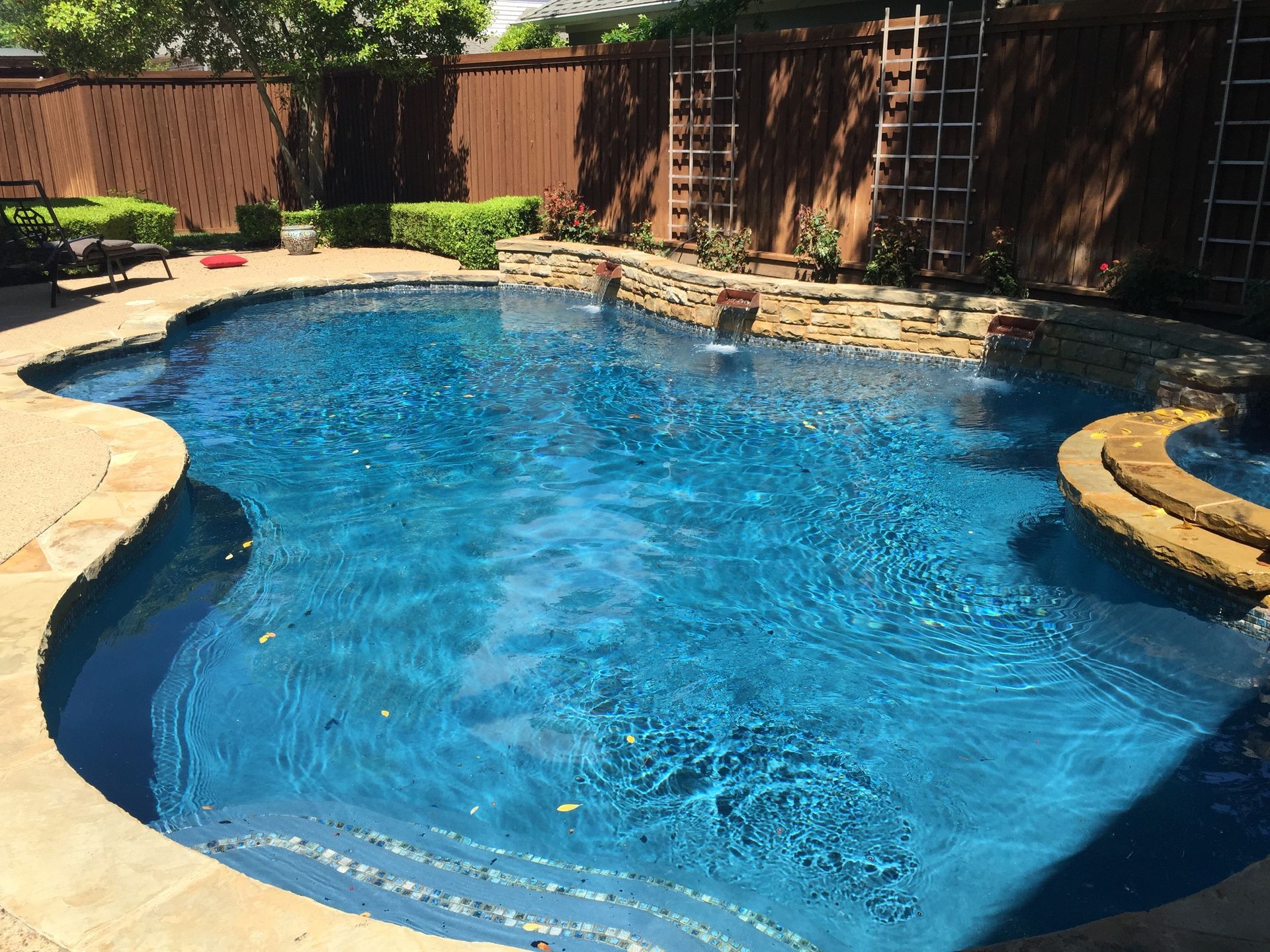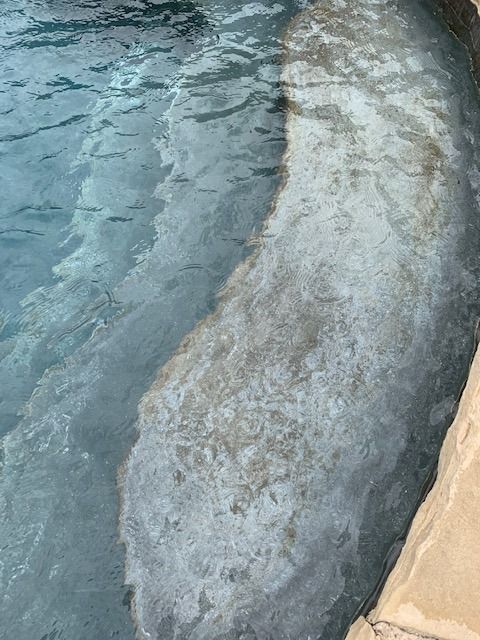What is Pool Plaster Delamination & What Causes it?
Most pool owners know that pools require servicing, cleaning, and maintenance. But even the best maintenance program cannot prevent delamination. Delamination shows up in the form of blisters or bubbles that can appear on the surface of the swimming pool. These bubbles are actually calcium nodules or small calcium carbonate buildups.
Delamination, excessive craze cracking, or other similar defects allow water to get either behind or into the interior of the plaster mass. It can occur in small areas or it can form in wide expanses. While they are usually white, they can become grey over time.
Delamination also occurs in the form of pop-offs when the volcano-like blisters and bubbles on the pool surface increase in size. Everyday pool use can cause these prominent blisters to break off from the plaster surrounding it. You may not notice delamination happening until pop-offs occur. The damage becomes much more visible once a pop-off forms

What Causes Delamination?
Pool plaster delamination occurs when there is a bond failure between the gunite and plaster of a pool. This failure creates an air cavity. Plaster naturally suffers from delamination over time, however, imperfections during construction can cause fine cracks in weak areas.
Newly replastered pools done with home-grown mixed bond coats often have trouble bonding with gunite or concrete pool walls. These pools generally show signs of delamination much sooner than pools done with manufacturers’ bond coat.
Concrete or plaster-based pools are especially susceptible to delamination if they are completely drained and allowed to dry out for prolonged periods. In addition, without proper maintenance, unbalanced pool water can create a corrosive and dissolving effect causing cracks to widen, allowing water, chemicals and algae to work into the underlying layers.
To ensure that the plaster manufacturers warranty is not voided, Tile Concepts does not mix their own bond coat. Our team uses SGM Bond Kote™ which is a specially formulated coating, designed to be used as an ideal substrate to mechanically bond pool plaster over existing plaster finishes.







